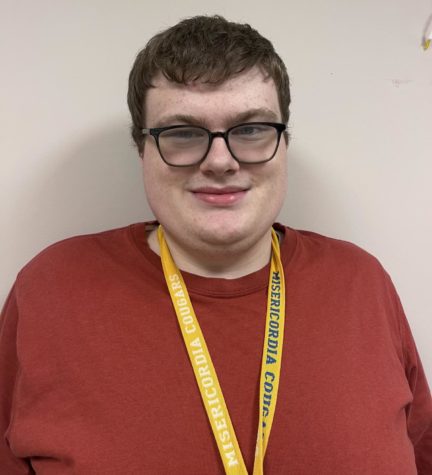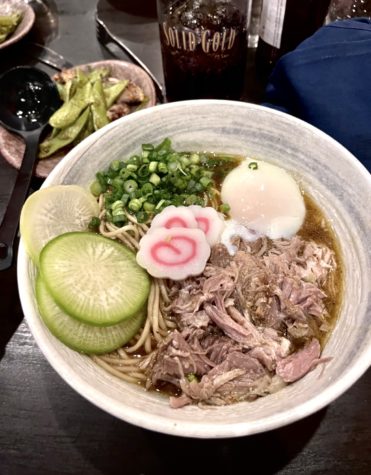Inside Scope on Medical Truths: The Struggle of Life
December 12, 2016
In the intensive care unit of a hospital, you can see patients struggling to hold on, praying with their families for just some relief to just make it out of the hospital and get home.
In the psychiatric ward, you see people in chains or shaking in their beds talking to the darkness, where they think a person stands.
These people are fighting to overcome their ailments, fighting to stay true to themselves, fighting to feel alive. Life can be hard, even treacherous at times, and often times, the hard thing to do is fight.
While these people are fighting for their lives, others are fighting for for the right to take theirs away.
Physician-assisted suicide is legal in five U.S. states: Oregon, Vermont, Washington, Montana and California. Related legislation is pending in nine other states: Kansas, Massachusetts, Michigan, Minnesota, New York, New Jersey, North Carolina, Oklahoma and Pennsylvania.
There are two ways people can end their lives voluntarily. Physician-assisted suicide involves a physician prescribing a lethal dose of medication to a patient, and euthanasia involves a physician intentionally killing someone with drugs in order to relieve pain or suffering.
I’m not here to bash or applaud either method, but rather to shed some light on the overlooked argument: dying is easy.
I’m talking about the physical action. We could all think of a million ways to take our own lives right now, in this moment. It only takes one motion, one movement, one squeeze of the finger. According to the World Health Organization, approximately one million people commit suicide each year worldwide – one death every 40 seconds or 3,000 per day.
Living is the hard part.
I’m not talking about those times when you break up with your boyfriend or you have a 13-page paper due and four exams to study for. Yeah, that’s hard in the moment, but what about living in a society that focuses on death and killing people rather than how we’re going to create a society in which life is worth living, free of barriers that prevent people with disabilities from fully engaging in life activities?
Palliative care, making those with terminal illnesses comfortable during their last days using a combination of medications, is an alternative to physician-assisted suicide and euthanasia. Some alternative or action needs to be available to make life more bearable for those with disabilities.
Instead, we see a disabled person in the grocery store or on the streets and at worse, we ridicule them or at best, we pity them. We point and make fun of their missing limb, but turn the other way when we recognize environments that exclude them.
We see a man lost in his own mind, maybe a young soldier who has been fighting overseas to protect our freedom for years. Now he fights with himself and loses every time. PTSD consumes him: He can’t sleep, can’t breathe, can’t hear a simple sound without feeling like the world is crushing in on him.
What do we do as a society? We say he’s a danger to others and stick him in psychiatric hospital, if there is room.
That’s not fair or right or just.
We put way too much of an importance on death in society. It’s inevitable, it’s coming, it’s easy. For some people, it’s all they think about.
But we’re not there yet. You’re here. Living. Think of all the good we can do, all of the change we can bring about.
Live, and instead of ignoring real solutions to suffering and exclusion, strive to make life worth living for everyone.







